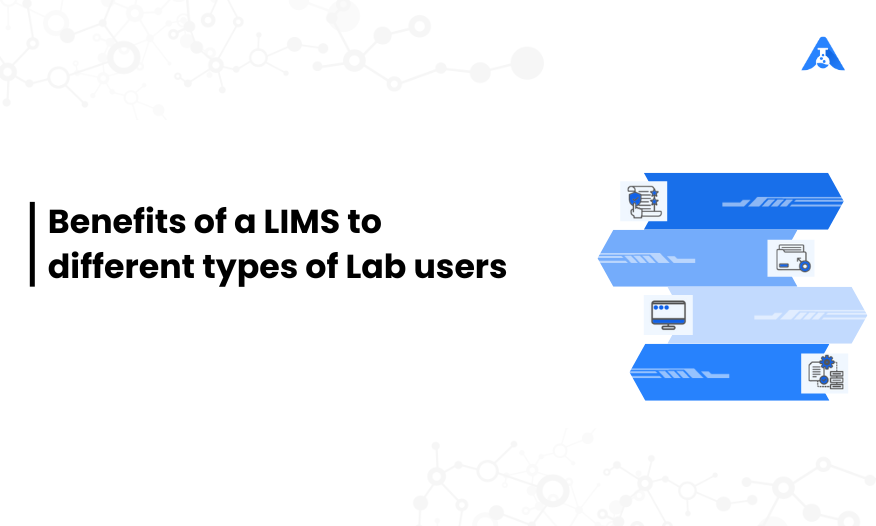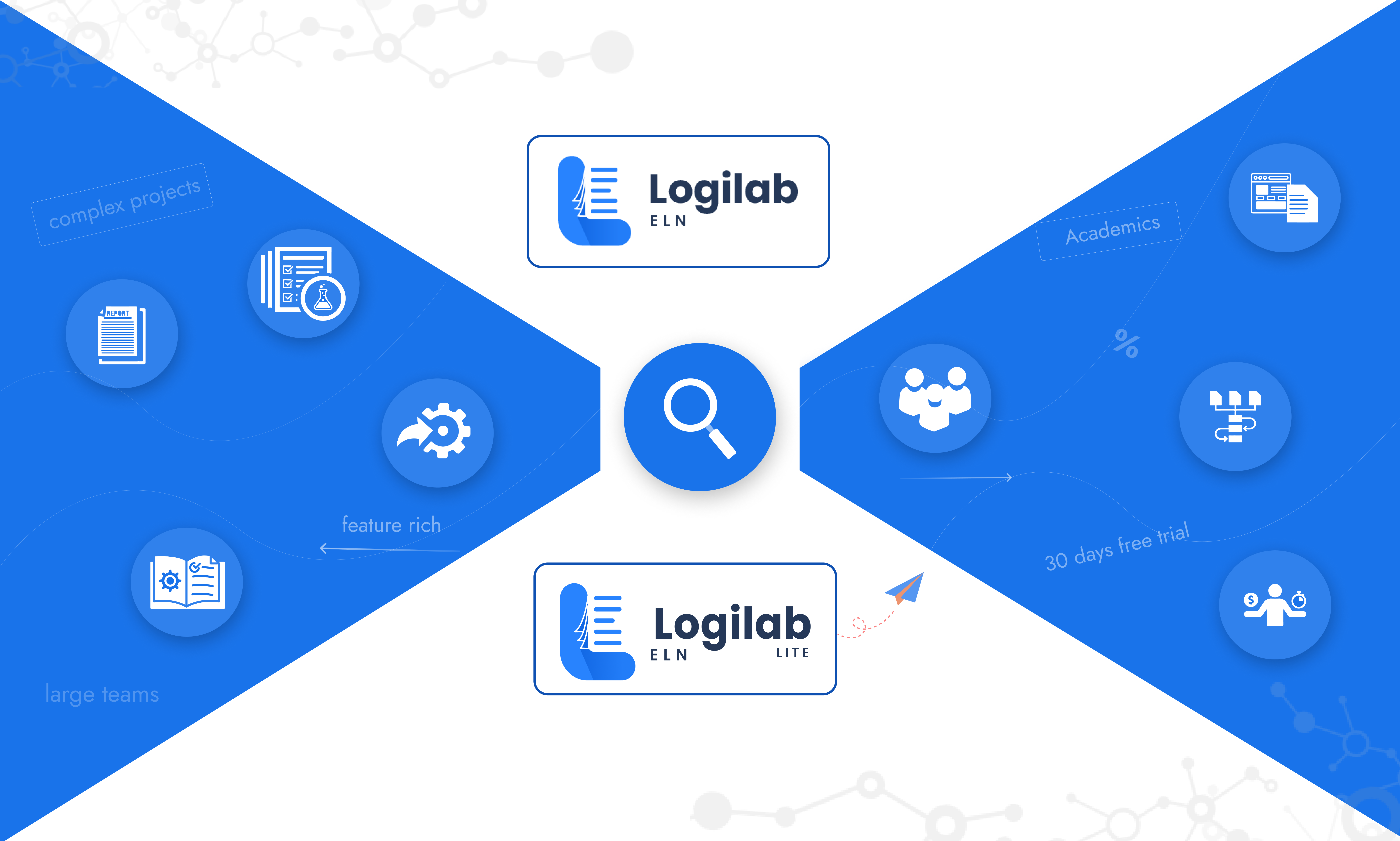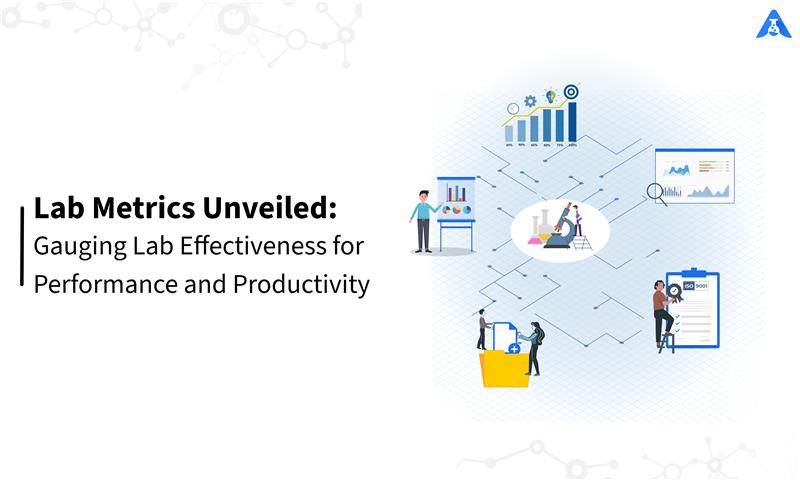Using a LIMS for your laboratory
Selecting a Laboratory Information Management System (LIMS) for any lab is usually not a simple decision. There are different types of stakeholders i.e. users of the system, who expect LIMS to fulfill different requirements as each of them uses it for different purposes. A LIMS can be used by various user groups in a lab and hence should be implemented considering requirements from them as it needs to have acceptance from all. Understanding and implementing the suggestions and requirements of all user groups provides increased value to a lab.
The important objective of the modern laboratory is to share real-time data with internal teams and clients. The appropriate LIMS system has to fulfil the objectives of clients, lab management, and other stakeholders to trust the lab processes and make data-driven decisions.
The following are some of the considerations from different user groups and the expected benefits to each of them.
Lab Technicians
Sample testing and management of sample data are the most vital processes in a testing lab. Hence, lab personnel and sample testing and management staff involved in these processes make the most frequent and comprehensive use of the software. They use a LIMS Software to manage samples, tests, test results and maintain a complete chain of custody of samples from receiving to disposal. They are considered to be one of the most important, key-users of a lab.
A LIMS system helps lab technicians save a lot of time and effort by determining sample locations, generating labels, and providing real-time processing or testing status of each sample. A LIMS provides accurate instructions for each step of the sample testing process and streamlines sample processing workflows. A LIMS records the tasks or operations performed on each sample at any point in the sample lifecycle as well as the results generated. A LIMS helps manage the data associated with samples. Technicians can seamlessly enter raw and unaltered data files directly into the LIMS manually or by integrating instruments with the LIMS. Subsequently, the LIMS supports analysis either by built-in systems or third-party ones. This prevents manual errors, loss of data, and supports proactive decision-making.
The important resource requirement for any lab is qualified, knowledgeable, and trained professionals for testing and managing samples. A LIMS system not only helps in capturing staff training requirements but also records the training and competence of all staff members. A well-designed LIMS system also helps lab managers determine which type of training is required for which staff member by maintaining a lab personnel competency matrix, which can be validated during the work allocation.
Lab Lead Technicians
Lab managers and lead technicians need to ensure the accuracy of the sample testing processes in a lab. They also need to keep track of and control the turnaround time and avoid deviations from the defined or allowed time to complete the process. Lab lead technicians also assign a reviewer to ensure that the test results received are validated before releasing them to the client. Lab lead technicians need to ensure that every sample goes through the testing process and must track the number of samples and batches at each step of the testing process. Moreover, lab lead technicians need to manage the lab inventory in a way that a lab never falls short of resources.
A LIMS enables lead technicians to enforce processes within the lab using workflow management. A LIMS keeps a track of lab resources and prevents shortages by triggering alerts to lab managers way ahead of time. Successful sample testing requires the right equipment. A LIMS maintains a record of the available equipment, helps lab lead technicians to schedule the calibration and maintenance of equipment in an organized way, and stores related data for future reference and audits.
Lab Managers
Lab managers are responsible for ensuring the quality of sample testing data. As there comes a large number of samples for testing, a lab usually faces the challenge of data overload. A LIMS helps Managers review large quantities of data in a simplified manner, expediting the process. A LIMS provides information on data that is ready to be reviewed or the ones which do not require any action from the lab director. This saves the time and effort of lab directors.
The lab managers also need to monitor for data related to the instruments and reagents used in the testing process. A LIMS provides Quality control data to managers that helps easily identify issues arising due to reagent contamination or instrument interference. A LIMS also provides real-time information on the activities going on in the lab in real-time. The manager is able to see work assignments and can see the workload of lab staff. This is how a LIMS enables the task to be reassigned based on the availability of personnel.
Quality Assurance (QA) Staff
Labs need to undergo third-party audits and comply with statutory regulations. This can be achieved by adopting stringent and mandatory quality assurance (QA) processes. A lab also needs to document QA protocols that are required for audits. This becomes very difficult if they are stored on paper-based documents.
A LIMS system automates the data management process and also alerts when data is missing, smoothening the audit process. Furthermore, lab personnel can easily know the status and active version of each document using LIMS, as all data and changes are searchable. A LIMS also records and maintains audit trails to understand who updated the data records and when, along with the changes.
Research Personnel
A LIMS supports research personnel in a similar way to testing lab technicians. Research personnel process and test samples for a research study. They also need to know the sample location and affix labels on sample vials or tubes to track them with ease. Research personnel should be able to differentiate between a research sample and a clinical sample before testing. A LIMS uniquely manages and tracks different types of samples to prevent their mix-ups. A LIMS also helps research personnel easily capture and analyze data eliminating the pain of searching data in random folders on the company’s research drive. Moreover, it eliminates data silos and generates custom reports for patients, samples, studies, and kits.
Conclusion
As described, the LIMS must consider the requirements for different groups of a lab. It is always very critical for the LIMS developer and implementer to take the requirements from all key users of the lab while implementing a new LIMS system or updating the existing LIMS. Each type of key user benefits from a LIMS system in different ways to achieve the lab objectives. A successful and reliable lab is one that implements a LIMS for its operations such that key users make the right use of the software during its lifecycle.





